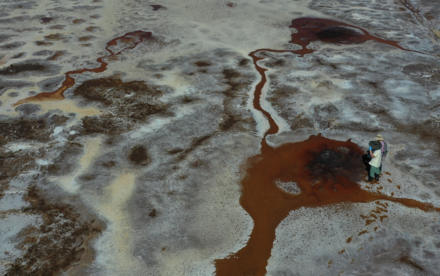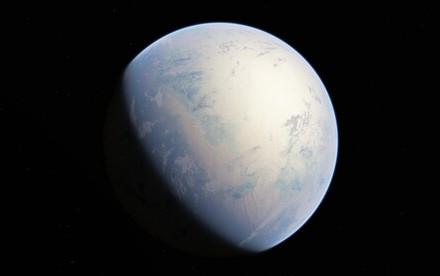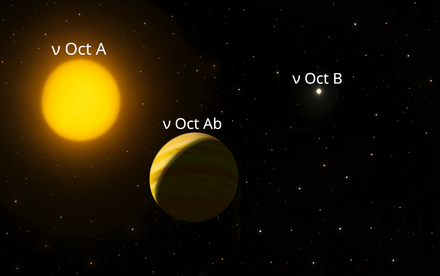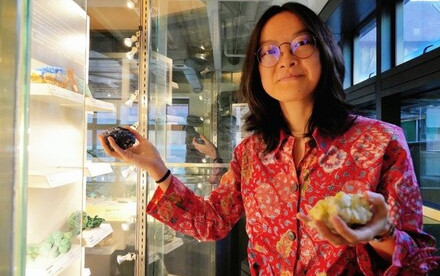05 Jul 2024
Evolutionary History of Groundwater System in the Pearl River Delta and its Adjacent Shelf Revealed by the Paleo-Hydrogeological Model
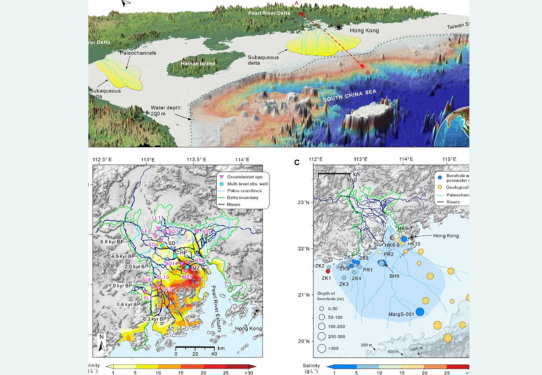
Why onshore saline groundwater and shelf freshened groundwater coexist in the same aquifers? Final-year PhD student Chong Sheng, working in the Hydrogeology Research team led by Prof. Jiu Jimmy Jiao of the Department of Earth Sciences, utilised the paleo-hydrogeological model combined with palaeoceanographic evidence to reveal this counter-intuitive phenomenon. This work was published in Science Advances in May 2024, under the title “Evolution of groundwater system in the Pearl River Delta and its adjacent shelf since the late Pleistocene”.
In their previous work published in Nature Communications, they found a previously unknown offshore freshened groundwater body with a static volume up to 575.6 ± 44.9 km3 in the Pearl River Estuary and its adjacent continental shelf. The low-salinity (< 5 g/L) groundwater extends as far as 180 km offshore. By analysing the water quality index of such offshore freshened groundwater, they argue that such freshened groundwater has a great potential as a future source of potable or industrial water. However, by comparing the distribution of groundwater salinity in the terrestrial and continental shelf areas, they recently discovered that the onshore saline groundwater and offshore freshened groundwater coexist within the same aquifers in this river-deltaic system. This counter-intuitive phenomenon challenges the commonly held assumption that onshore groundwater is typically fresh while offshore groundwater is saline. Yet, the mechanism behind this phenomenon has not been much addressed in the literature.
To address this knowledge gap, this research group utilised the Pearl River Delta and its adjacent continental shelf in the northern margin of the South China Sea as a case study. They conducted a series of paleo-hydrogeologic model simulations considering sea-level change, sedimentation processes, and precipitation variation in the past 50 ka to reconstruct the evolutionary history of the groundwater system. The simulation results were further calibrated against present-day porewater geochemistry data and stable isotopes. Their finds indicate that the offshore freshened groundwater was formed during sea-level lowstands since the late Pleistocene, while the onshore saline groundwater was generated by paleo-seawater intrusion during the Holocene transgression and that the intrusion disconnected the onshore freshwater and offshore freshened groundwater bodies near the coastlines. The response of the groundwater system to the palaeoclimatic changes was delayed by approximately 7-8 ka, thus the palaeoclimatic forcings still have a dominant influence on the present-day distribution of the groundwater salinity. These insights will enhance our understanding of the coastal groundwater system's evolution over geological timescales and inform groundwater management practices.
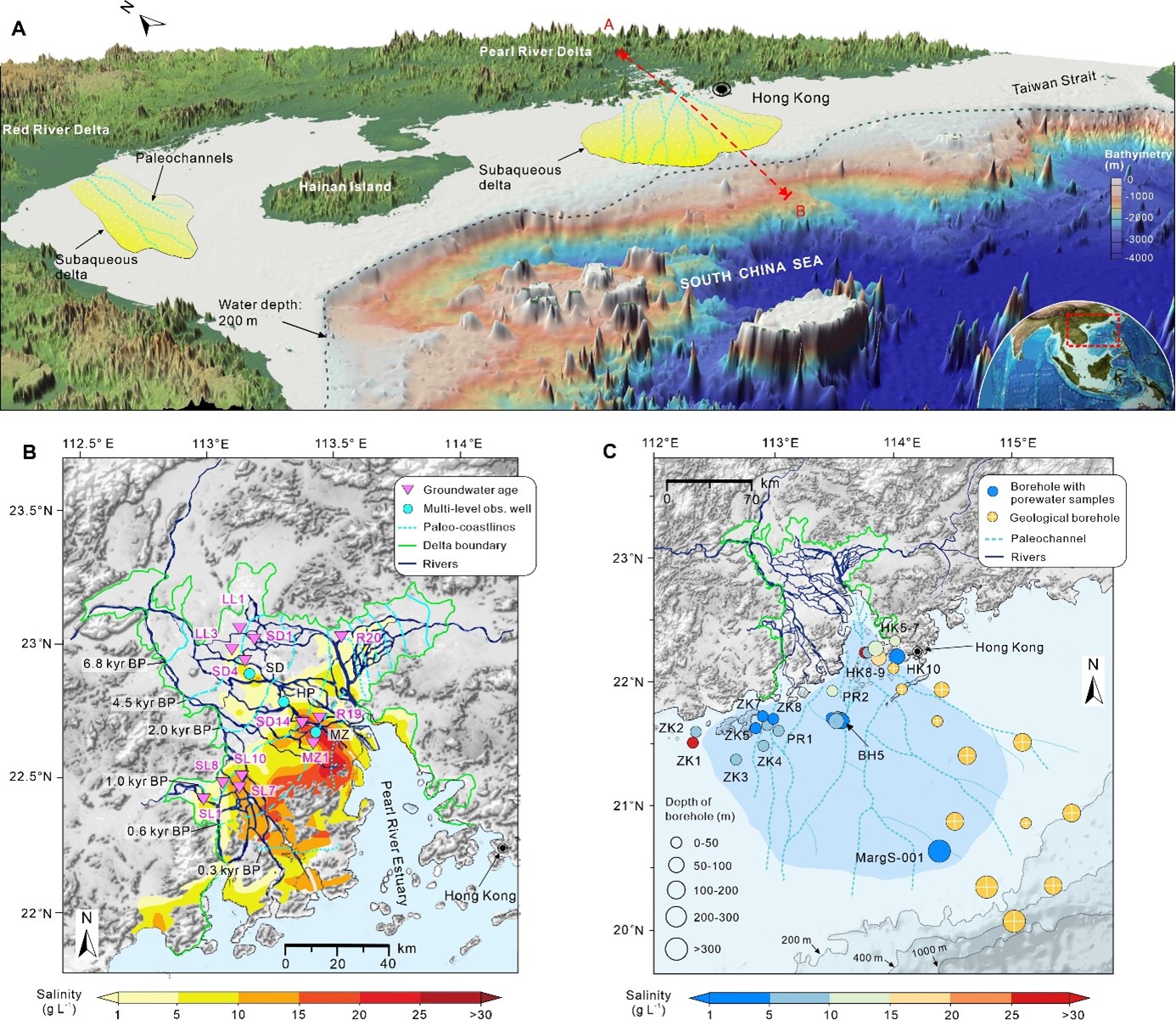
Figure Regional setting of the Pearl River Delta and its adjacent shelf in the northern margin of South China Sea (a), and the counter-intuitive groundwater salinity distribution in this region (b-c).


